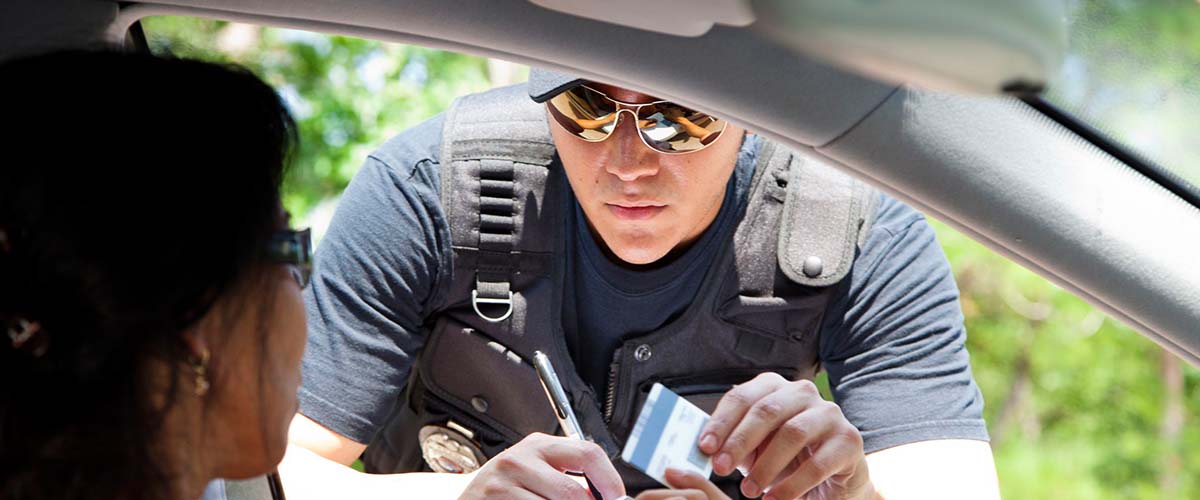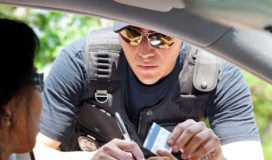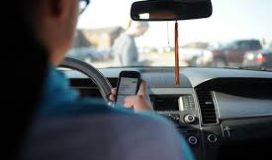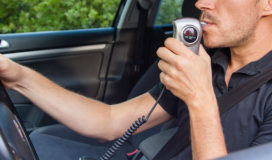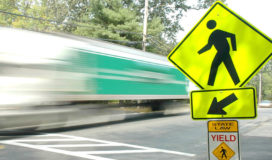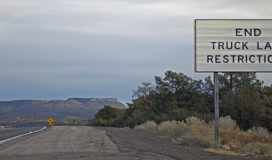What happens when a California Driver Violates the Speed Limits set in California Vehicle Code?
The State of California has three categories of speeding laws, namely; basic speeding law, presumed speed limits and the absolute speed limits.
California basic speeding law prohibits motorists from driving at a speed higher than that which is reasonable having regard for the highway’s weather, visibility, traffic, surface and width. Motorists are encouraged to drive at a safe speed. The safe driving speed depends on the circumstance. For instance, driving at 55 miles per hour on a particular road can be safe on a bright, sunny day. However, it will not be safe driving on the same road at the same speed if it is dark and the roadway is wet, and it will lead to violation of the basic speeding law.
For the California absolute speed limits law, there is no trick to how it works. If the absolute speed limit is 65 miles per hour and you exceed that, then you have violated the law. The California absolute speed limit laws prohibit motorists from exceeding seventy miles per hour on freeways posted for that speed limit, fifty-five miles per hour on two-lane or undivided highways, and sixty-five miles per hour on freeways and other highways (not posted for 70 miles per hour).
The California presumed speed limits, also called ‘prima facie’ limits, in a little different way than the absolute limits. Exceeding a presumed speed limit does not necessarily mean that you are guilty. You are given a chance to prove in court that you were driving at a safe speed. The judge will find you not guilty if you are able to prove yourself.
California presumed speed limits include; twenty-five miles per hour in residential and business districts, and school zones, and fifteen miles per hour in alleys, at railroad crossings, and highway intersections without 100 feet of visibility of the approaching vehicles.
Motorists exceeding the required speed, but not going faster than 100 miles per hour will have fines of $35 for exceeding the safe speed by 1 to 15 miles per hour, $70 for exceeding the safe speed by 16 to 25 miles per hour, and $100 for exceeding the safe speed by 26 miles per hour or more.
Motorists caught exceeding 100 miles per hour will have more enhanced consequences. A first offence driver can get a maximum base fine of $500 and up to 30 days of license suspension. A driver caught for the second time within three years receives a $750 maximum base fine and six months suspension or restriction of license. A driver convicted for the third time faces a maximum $1,000 base fine and a one-year license suspension or restriction of license.
Typically, a motorist caught with the speeding violation will add about one point to their driving record and an increase of the number of points can lead to your license being suspended.


